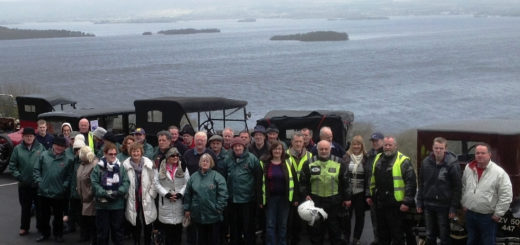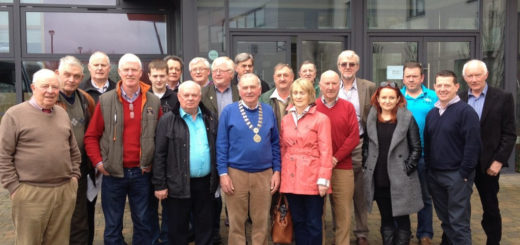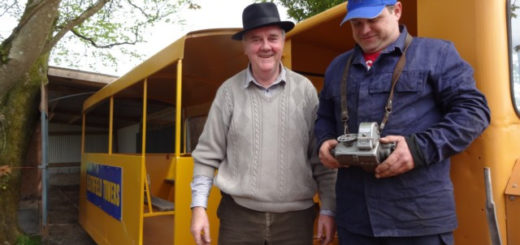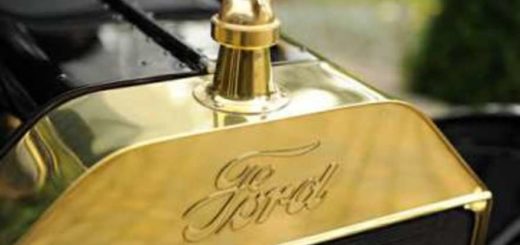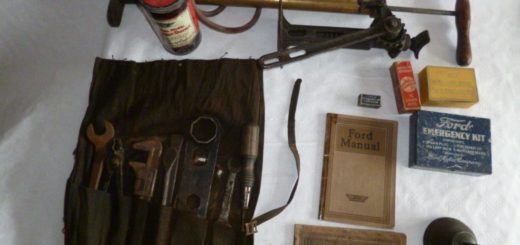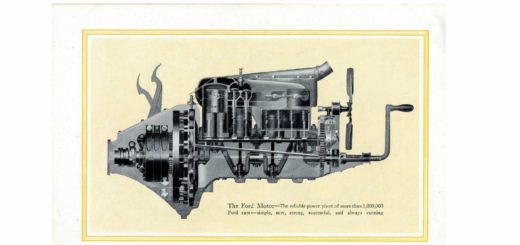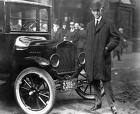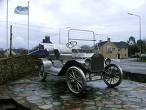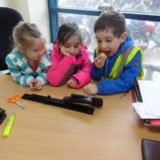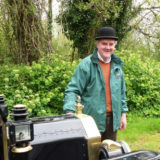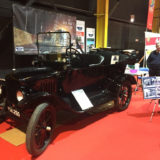Michael Collins Commemoration Clonakilty August 2022
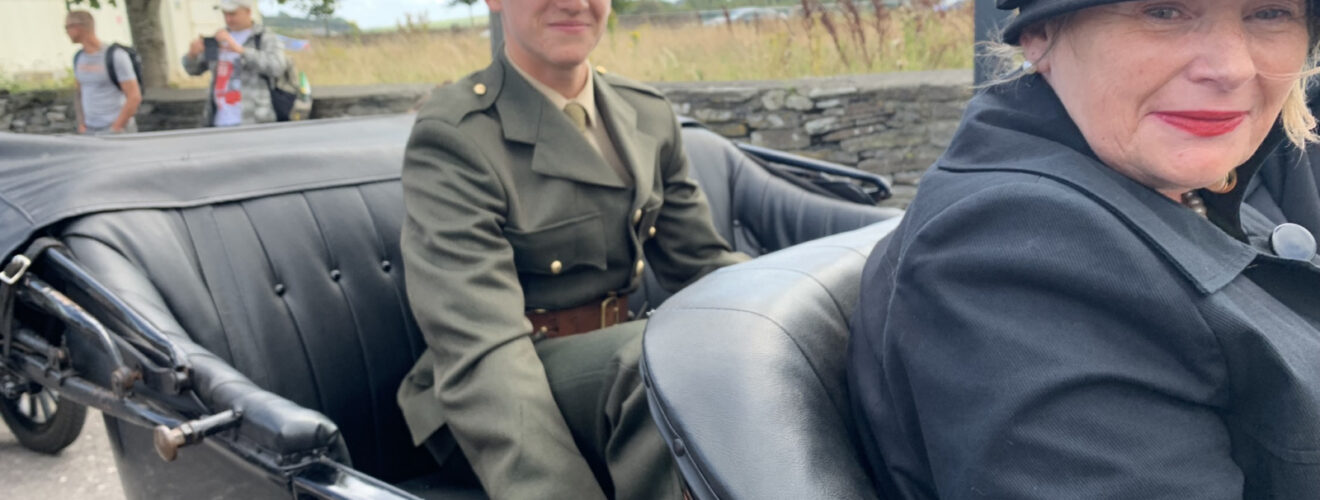
On the Tuesday morning of the preceding Saturday, Bob Clarke wrote in and ask if a message be conveyed to our Munster members along the following lines.
I know this is short notice. In case anybody would be interested in the Michael Collins centenary, the commemoration committee in Clonakilty are looking for a few vintage cars this Saturday 20th from the early twentieth century, to park on the street where the commemoration is taking place. The event starts with a parade of vintage cars at 2pm sharp through the town. I expect the time involved is about 2 hours.
To be fair to the Munster men, they responded in quick time, that is to say meet up at Bandon Motors, have a picnic lunch at noon and be prepared for the off a 1:00 pm. We had 10 members in our convoy to Clonakilty arriving there at Flaxbridge with a view to a parade through Pearse Street and finish at Emmet Square. Ahead of us and in position we’re Clonakilty Brass Band, Barrack Street Bnd and members of Comhaltas Ceoltoiri Eireann, the streets were lined with locals, visitors and tourists alike who gave the parade participants a hearty welcome to the town and in sincere acknowledgement of the effort in turning up for the occasion.
Following the wreath laying ceremony by Cork County Board on behalf of Cork GAA Clubs at the Michael Collins Statue, Emmet Square, a re-enactment and pageantry of some local scenes from Michael Collins life took place. The Clonakilty Brass band recitals entertained the very large crowds for the afternoon.
For our part, never before were there so many people in Clonakilty. Every one was happy. The thought and planning of the event was really exc ellent. For instance, each Model T conveyed a passenger representing the life steps of Collins from a small boy, to his early teens and on to manhood, where the final car had a uniformed young man in full military attire: the audience were delighted.
So much as the typical welcome one always received in Clonakilty, the Model T members received a spontaneous clapping of hands as we progressed. One could say that half of those in attendance were dressed in period style from young and old wearing caps, old fashioned shirts and boots to the lovely ladies adorned in the very attractive Clonakilty Hooded cape.
After a wander around the town, to pick up ice cream or maybe afternoon tea and cakes, we agreed to meet up for our departure at 4:30 pm. It was time to take a group photograph under the statue of the great man himself in the sunny and Warm afternoon in Clonakilty. With engined started up to the delight of the considerable crowd of admirers we were off, again to a tumeldous round of clapping and cheers.
No visit to West Cork is complete without a stop off at the stainless steel replica of the Model T in Ballinascarthy. On arrival we all clambered aboard the iconic T for another group photograph. We were back at base by 5:00 pm. We were very pleased with ourselves. We gave back and shared our love for the Model T with those who yearned for the real vehicles of the time making the event truly wonderful. With grateful thanks to Bob Clarke for his local knowledge and contacts in making this all happen for us.
OPTIONAL READING – APOLITICAL AND UNBIASED
Michael Collins’ Death & Legacy by Jamie Murphy
On August 22nd 1922 Michael Collins set out from Cork city for a tour deep into the heart of enemy territory in West Cork. Collins felt he knew the people of the area he called home and believed he would be safe as the Civil War seemed to be coming to an end. A day visiting Free State National Army posts throughout West Cork and some friends and family was on the itinerary. Little did he know that this would be his last ever visit home. At about 7.30pm on the return to Cork his convoy was ambushed at a then little know place near Béal na Blath and it was here, at just thirty—one years old, Michael Collins was killed. Collins final journey has been the subject of much speculation and intrigue with every known detail examined with scrutiny, while his death has continued to spawn numerous conspiracy theories ever since. But what of the facts? Why was Michael Collins in West Cork? Where did he go and who did he see? What actually happened at Béal na Blath? To get an understanding of this, we need to understand what was happening with the wider story in 1922. The Irish War of Independence ended in July 1921 after which came the Anglo-Irish Treaty in December 1922. This divisive agreement allowed for the creation of the Irish Free State, an autonomous government with its own military and police forces but it would remain part of the Commonwealth with the King as the ceremonial head. It was not everything they fought for but in Michael Collins own words it gave Ireland 'the freedom to achieve freedom’. Others disagreed and wanted to continue to fight for a full republic. The Treaty was ratified by a small majority, but this disagreement would eventually escalate to full civil war between the Pro Treaty and Anti Treaty factions in June 1922. By August 1922 the Pro Treaty Free State forces had taken most of the major towns and cities while the Anti Treaty IRA forces were forced into rural areas and into guerrilla war tactics. One of the last remaining, strongholds of Anti Treaty territory was the West Cork and Kerry region. So why did Collins, now acting as Commander in Chief of the Free State forces choose to visit at his point? Collins felt he knew the area and the people and as one of their own, regardless of their differences, he would be safe. Still an armed convoy was employed for the tour consisting of a scout rider on motorbike, a Crossley tender that could carry up to 13 soldiers, a buttercup yellow Leyland Touring car and a Rolls Royce ’Whippet’ armoured car, the Slievenamon (now the Sliabh na mBan), armed with a Vickers machine gun. On the face of it, Collins was travelling to West Cork to inspect the Free State military posts in the major towns across the county, a morale booster for the final push to end the war. The Anti treaty forces were scattered and an end to all out Civil War seemed imminent. While in Cork, Collins also met with bank officials in an attempt to secure funds for the new government, the Minister for Finance seemingly continuing his role. Some claim peace was the purpose of his journey. It is possible Collins did meet with individuals that could have been seen as a middleman or a negotiator but, considering the outcome of the journey, these talks either failed or didn’t take place. Certainly evidence from the IRA command at that time suggests they had no intention of making peace. On August 21st Collins and his party stayed in the Imperial Hotel in Cork City which was serving as the Free State military HQ at the time. The following morning at 6.30am they left for West Cork, first heading westerly towards Coachford and Macroom. From here they travelled via Kilmurray through a little crossroads known a Béal na Blath. There an anti-Treaty IRA Southern command meeting was due to take place in a nearby farmhouse and the large Free State convoy was obviously spotted on passing through, possibly even asking for directions to Bandon. The IRA meeting went ahead where it was agreed to set an ambush should the Free State convoy return in that direction. Though it was discussed as a possibility, it is was later told by those involved in the decision that the aim wasn’t specifically to kill Michael Collins but to challenge the enemy passing through their territory as had been done as part of the guerrilla war in years previous. Collins continued on his tour while the trap was set for his convoy, a dray cart was left across the road, a mine hidden in the road and somewhere up to fifty armed men waited in the overlooking hillside. Collins travelled to Newcestown, Bandon, Clonakilty, Rosscarbery and Skibbereen before returning back. On the return, he took a detour to Sams Cross where he met with family while the rest of the convoy enjoyed a drink in the Four Alls and finally left home for the last time. After a brief stop off in Bandon they left for Cork City shortly after 6:30pm. Back at Béal na Blath the ambushing party had assumed he had returned via a different route and had dispersed. Only a handful remained to dismantle the mine and move the blockade when they were surprised by the convoy’s scout rider. Immediately they opened fire on the convoy as they retreated along a laneway that runs parallel to the main road and overlooked the convoy. With the sound of gunfire it is reported Emmet Dalton, Collins’ Aide de Camp, an experienced soldier and commander of the convoy, ordered the driver to ’drive like hell'. Here Collins made a vital mistake and told the driver to stop and get out to fight. The Free state convoy entered cover along the ditch while the armoured car’s machine gun pinned down the Anti-Treaty IRA volunteers. Collins is thought to have moved further down the road and possibly out of cover at this point When the machine gun jammed. This gave the volunteers on the hill the Chance escape and return some fire. Now Collins was left out of position in open view, without any covering fire. A single gunshot wound to the head and the Commander in Chief falls, he dies almost immediately. Many biographers agree and disagree on who it was that pulled the trigger. A ricochet bullet, friendly fire, a hidden sniper, purposeful aassassination by any number of different people or groups are all the theories we hear today. Most likely, there is no hidden agenda and Collins death is as it is told, killed in action in an ambush, beyond conjecture there is little evidence to suggest otherwise. Collins was a young, handsome and charismatic leader, to lose someone of his stature under such circumstances is hard to accept. In some ways the intrigue into his death and the division it creates overshadows his life and his achievements. In the end, the ’who done it’ is not important, the outcome is the same. On August 22nd 1922 Ireland lost one of its most influential leaders of the period who helped create the modern Irish State that we know today. Jamie Murphy Michael Collins House Museum, Clonakilty. 20th August 2022 This publication attempts to br apolitical and unbiased in commemorating the centenary anniversary of the death oaf Michael Collins on 22nd August 1922 as well as remembering his life and achievements.

